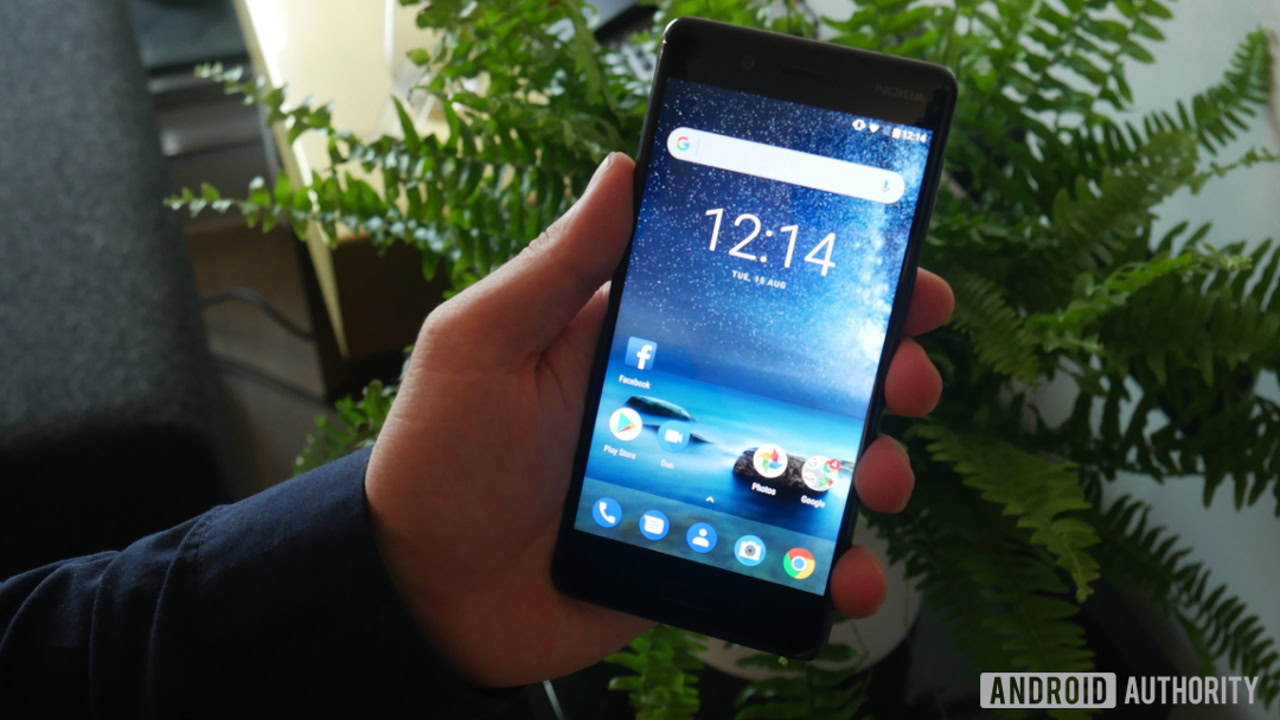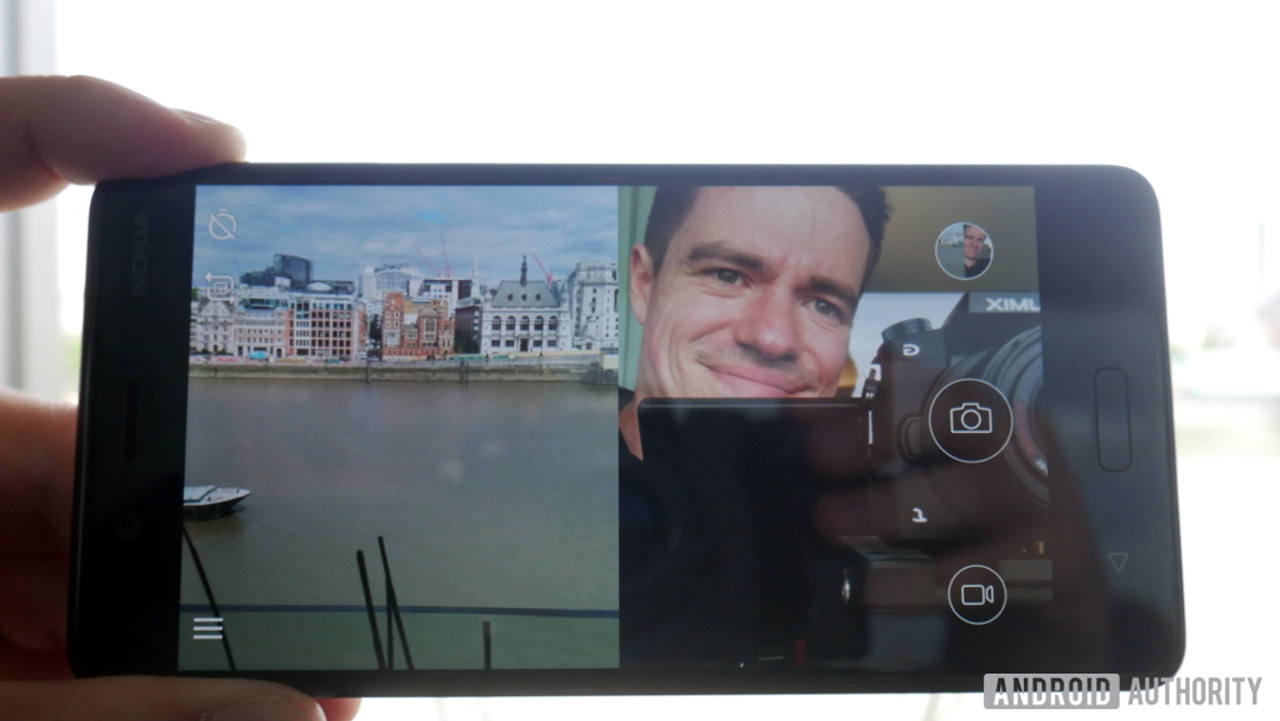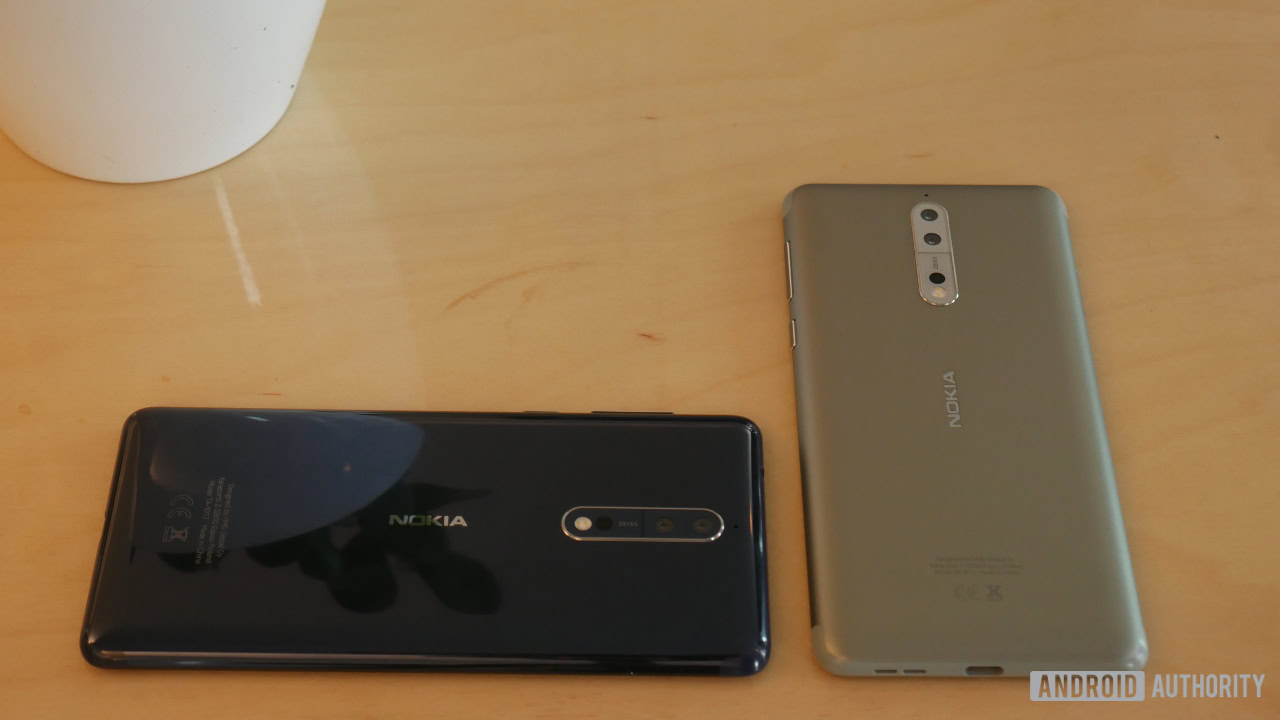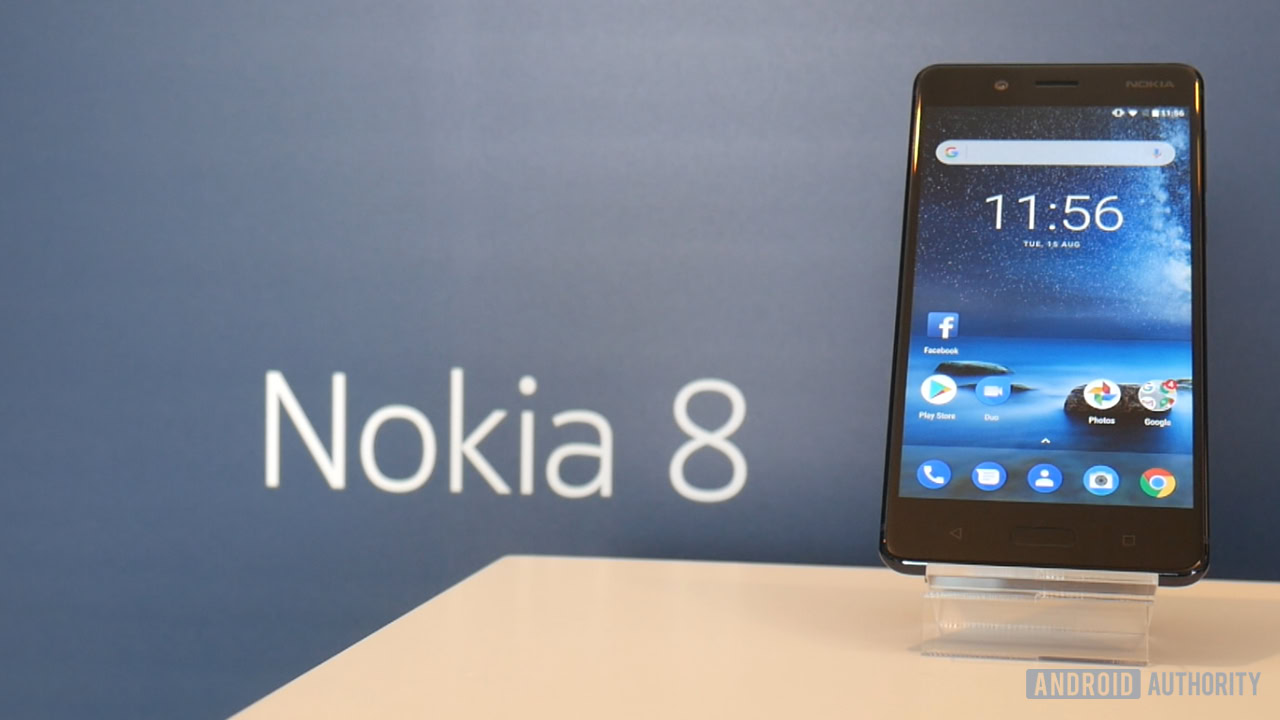Affiliate links on Android Authority may earn us a commission. Learn more.

Nokia 8 is here: the company’s first true Android flagship
Published onAugust 16, 2017
Nokia 8
What we like
What we don't like
Nokia 8
Few brands are capable of striking us with nostalgic reverence the way Nokia does. If you were old enough to own a cell phone in the early 90s or 2000s, odds are you owned a Nokia phone at some point, even if you skipped the Windows Phone era entirely. For many Android fans, our imagination has run wild over the years envisioning what exactly a Nokia-powered Android flagship might be like. It’s been a long time coming, but we no longer have to wonder anymore — the long-daydreamed Nokia Android flagship is finally upon us!
After giving us several entry and mid-range Nokia handsets, today HMD Global finally unveiled the long anticipated Nokia 8. Here are the key takeaways you’ll want to know about the newly unveiled Nokia 8:

It’s all about the camera. In an ever-competitive marketplace, Nokia needs to bring more than nostalgia to the table if they really want to see sales success with their first Android flagship. Nokia’s big play here comes in the form of a partnership with ZEISS. This relationship brings us a dual 13 MP rear camera setup that combines a color and monochrome sensor, shots from which are combined into a single shot with greater contrast using “Image Fusion Technology”. The front camera is 13 MP, and includes auto-focus and actually utilizes the same camera module as the rear configuration. Other camera features include two-tone flash, apertures of f/2.0, and a special mode called “Boothie”.
Nokia’s bothie feature allows users to snap photos or record video using footage from both the front and rear cameras, split down the middle 50/50. Whether shooting in this mode or recording regular video, the footage can then be streamed directly to Facebook Live or YouTube natively from the camera app.
Sound recording quality is also a win here. It’s not just a great camera, the recording mics are also superb with the Nokia 8, thanks to the use of Ozo Audio. This solution previously was found in 360-degree VR cameras used by Hollywood and other professionals, and is a first for mobile. Basically the phone uses multiple microphones to capture high dynamic range and record binaural audio, which means that you’ll get high-quality stereo sound when you go to share the video with your friends, family, or YouTube/Facebook fans.
Spec-wise, it stands reasonably well against other 2017 flagships. The Nokia 8 is powered by a Snapdragon 835 with 4 GB RAM. It also has a 5.3-inch QHD display, 64 GB storage, microSD support, and a 3,090 mAh battery. When it comes to core specs, the Nokia 8 certainly holds its own when compared to flagships like the OnePlus 5, Samsung Galaxy S8, and others.

At the same time, Nokia’s design decisions are somewhat dated. The Nokia 8 might have great under-the-hood specs but it sits things out when it comes to a lot of 2017’s big tech trends. There’s no waterproofing here, with just IP45 splash resistance. There’s also no 2:1 display like the G6 or S8, and the bezels here are also pretty big. Lastly, the Nokia 8 has physical buttons in a world where even Samsung is switching things up.
One trend that Nokia does embrace? As already mentioned, it has a rear-camera, and one that – on paper at least – looks very impressive.
About as pure as Android gets, outside of AOSP. Even Google’s Pixel line and the OnePlus 5 add at least a few tweaks to the pure Android formula. Not Nokia.
Nokia defaults to Google’s vision of Android in almost every aspect from settings to default apps, and beyond. Nokia also is said to already be testing Android O on their phones with a promise of quick updates. We’ve heard “quick update” promises from other brands that have failed to deliver, so we recommend at least a little healthy skepticism. However, sticking with near-pure Android certainly will make quick updates an easier reality for Nokia than a brand like Samsung.
Four colors from day one. The Nokia 8 will launch in four colors – Polished Blue, Polished Copper, Tempered Blue, and Steel. Keep in mind some of these colors could be specific to certain regions or carriers.
It’s not a ‘budget’ flagship, and it’s coming next month. In many ways the Nokia 8’s spec sheet somewhat reads similar to the OnePlus 5, but unlike that device, the Nokia 8 is priced similarly to more expensive flagships. Nokia’s flagship will debut on September 6th globally for a price of 599 Euros. While the US price tag hasn’t been revealed yet, the European pricing translates to around $700. Unless the US price ends up much lower than the European, that means it might be a bit cheaper than the iPhone or S8, but it is within similar range to HTC, LG, and several other premium flagships.
Nokia 8 – Diving deeper

While the key points above give you a pretty solid idea of what Nokia is bringing to the table, if you want to know even more — we have your back!
- Dive into the specs. Want to know the deeper ins-and-outs of the Nokia 8’s spec sheet, from known carrier bands to colors, and more? You’ll want to head here.
- Go hands-on with the Nokia 8. Join Adam as he gives us his first hands-0n impressions of the new Nokia flagship.
- Pricing and availability. You’ll want to bookmark this page, as we’ll continually update it as more carrier and regional release details come in over the next few hours, days, and weeks.
[aa_content_ad aa_single_ad_type=”single_mobile” aa_single_ad_pos=”center” ][/aa_content_ad]